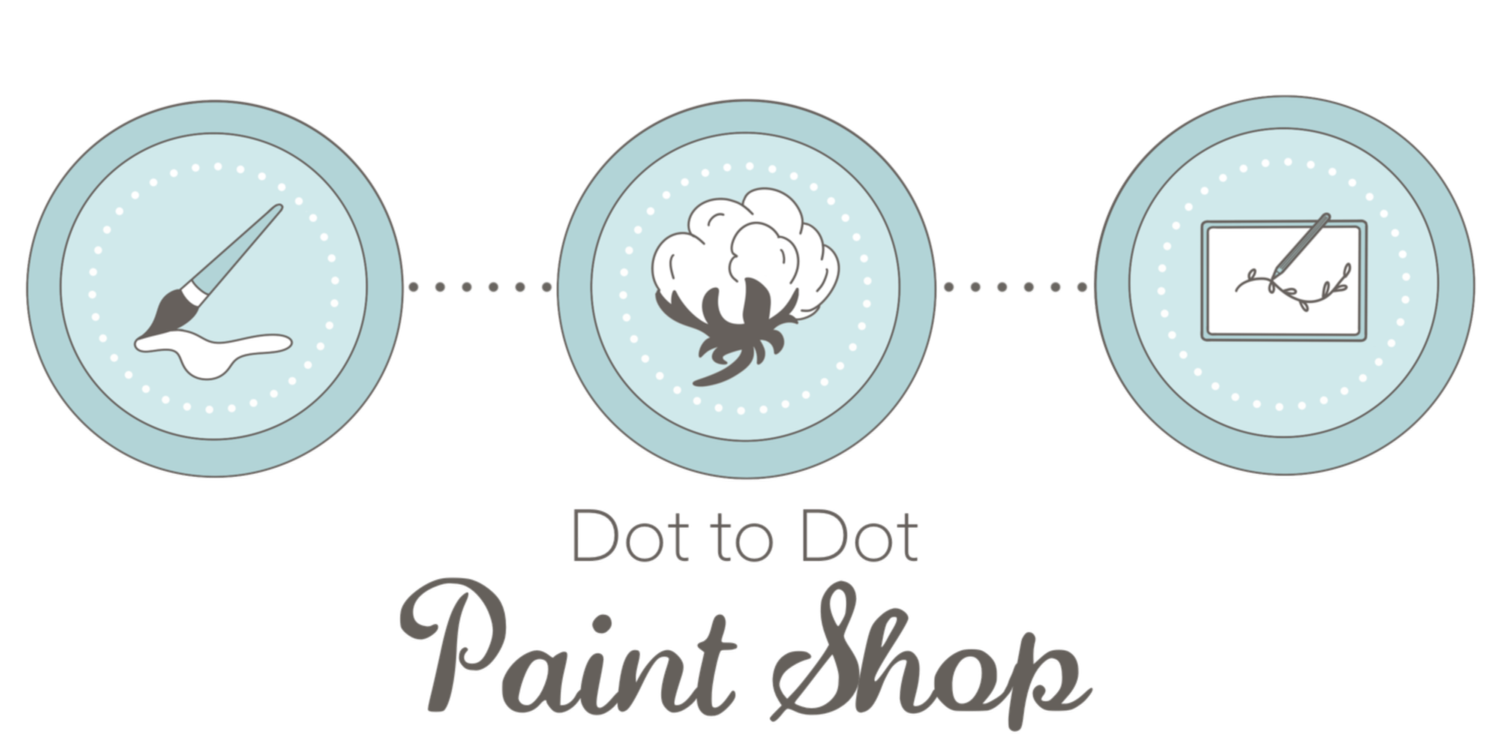Learning To Write - Strokes and Shapes, Fingers Before Pencils
/We've been looking at a developmentally appropriate approach to learning to write and have seen how important it is to first strengthen the core and then small muscles. Now it is time to take a look at actual writing, and like everything else, there is a sequence to this as well.
Before a child is actually ready to trace or copy letters, they need to be able to make the individual strokes that make up the letters. Once they are able to imitate what you are doing (you make a mark, let them make the same mark, repeat several times), you can provide a picture of the stroke to copy. Copying is much more difficult that imitating, so it may take a lot of practice to be able to do this, but that's ok.
* Straight lines ( - and l)
* Simple curved lines (like a ( and ) and C )
* Closed circle (like an O)
* Straight diagonal lines ( \ and / )
* Zigzag lines
* Basic shapes (circle, square, rectangle, triangle)
* Individual letters
Since we already know that development begins with the largest muscles, begin by letting your child imitate your shapes using their big muscles. Even the smallest children (think 1-2 years old) will enjoy imitating vertical and horizontal lines!
Some examples of large muscle writing activities are:
* Sidewalk Chalk - Use the sidewalk chalk on your driveway or sidewalk, making large marks.
* Water painting on the ground- Fill a bucket or bowl with water and let your child have a large, cheap household paintbrush. "Paint" on the sidewalk with marks.
* Water painting on vertical surface - Use that same bucket of water and paintbrush, but this time, let them paint on a vertical surface such as a tree or side of the house. (remember it is just water). Changing the plane they are working on encourage the use of different muscles and positions.
Moving to the use of smaller muscles, it is a great idea to stimulate as many senses as possible (see it, feel it, smell it, etc.) The more senses involved, the better the retention of the skill. With several of these, you can add a drop of aroma from essential oils or cooking extracts and/or food coloring to further engage the senses of smell and sight.
With these types of activities, I generally give the child a few minutes to just explore the medium before I begin any sort of formal examples - let them push and squish and spread, then transition to showing them an example to imitate.
* Sand writing - Fill a small box or tray with sand and let them use their finger to draw the strokes in the sand.
* Rice/bean writing - Same concept as sand painting, but using a different medium. (You can use whatever you had in your pantry.)
* Squishy bags - Squirt a small amount of shampoo or hair gel into a ziploc bag. Close it securely and tape it to the table over the opening. Let your child use their finger to draw the strokes. (One of these is provided in the Color Magic Connections Box.)
* Shaving Cream - Squirt a SMALL amount of shaving cream on a cookie sheet or tray (I squirt it directly onto a child's table, but would not squirt it directly on a wooden table). Let your child use their hands to spread the cream and then draw the strokes. This sounds really messy, and they will certainly get their hands squishy, but shaving cream is actually much like soap, so it doesn't stain hands or harm clothing.
* Finger Paint - Use a piece of freezer paper, shiny side up. Put a dollop of finger paint on the paper and let your child spread it, then draw some shapes with their finger.
This is a lot of information and may seem overwhelming at first, but in actuality, I think you will find that it makes sense once you begin. Your child will have fun if you do things in the correct sequence and will not become frustrated. If their interest begins to wane, put it away and do something different. Even small doses of any of these activities are beneficial.
In summary, here is the sequence to remember:
Large muscles ------------------to ----------------small muscles
Imitate------------------------trace-----------------copy
Single strokes----------------shapes---------------letters
Fingers-----------------------------------------------Pencils/crayons



